Stroke survivors need to learn to navigate in a now-unfamiliar world, full of obstacles and challenges. Fortunately, neurological rehab has been greatly improved by integrating technology into the rehabilitation process. NYDNRehab is the premier center for stroke rehab in NYC.
or
is a cerebrovascular accident (CVA) that causes an interruption of blood supply to the brain, resulting in damage to the nerve cells.
Stroke (cerebrovascular disease) can occur at any age, although 75% of CVAs occur in people over age 65. CVAs are a leading cause of serious long term disability in the US, with about 800,000 strokes occurring each year. Over 7 million stroke survivors live in the United States, and two-thirds of them are disabled. Stroke is the fifth leading cause of death in the USA, with 147,810 incidents in 2020, according to the Centers for Disease Control and Prevention (CDC).
The number one risk factor for stroke is high blood pressure, followed by atrial fibrillation and cigarette smoking. Weight control, smoking cessation, healthy diet and exercise are all effective strateges for avoiding CVAs.

Signs of stroke vary, depending on the type, location and severity. According to the American Heart Association, the most common signs of stroke include:
If you suspect someone has suffered a stroke, it is imperative to act quickly. The longer the delay between a CVA and treatment, the more severe the damage is likely to be. Early and accurate diagnosis is key to effective treatment and recovery.





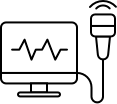

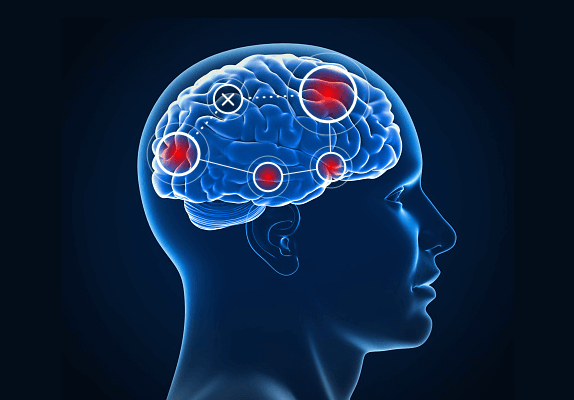
Perhaps the most important characteristic of the human brain is its neuroplasticity, the ability to adapt to changes and accommodate new movement conditions. A long-held theory in the science of neurology is that the brain is divided into different parts, each responsible for a particular function, but this is not entirely true.
Contrary to popular thought, the brain is not a passive organ made up of distinct functional units, each controlling a specific function of human movement. It is a dynamic organ with different parts responsible for specific regulatory functions, but only when environmental conditions are familiar to the individual.
When a drastic change in environmental conditions for movement occur, parts of the brain that are normally responsible for a particular function can alter their function, so that the entire brain is able to adapt to new movement conditions or challenges.
We have made significant progress in the treatment and rehabilitation of neurological diseases in the past ten years. With the advancement of technology, we are able to better understand brain plasticity, and neurological rehab has been greatly improved by integrating technology into the rehabilitation process.
NYDNRehab is proud to be a leader in the rehabilitation of neurological disease in the United States. Our Virtual Reality Center is the first private VR neurorehab center in the country, and the first VR rehabilitation center in NYC.
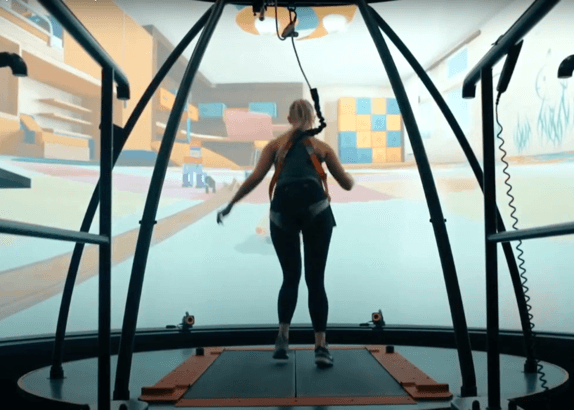
C.A.R.E.N, our computer assisted rehabilitation environment, is the first private system of its kind in NYC, and one of few in the country. C.A.R.E.N has been used for over 8 years in military rehabilitation centers, and in research universities conducting studies to find new and more effective ways to help patients recover from brain damage. VR rehabilitation has been at the forefront of neurorehabilitation in the last five years, and is now finally reaching patients affected by neurological disorders.
When people suffer brain injuries, it can be a traumatic experience to reenter a dynamic world with uneven surfaces, physical obstacles, and immense psychological and emotional pressures. VR immersion allows stroke patients to be treated in a fully controlled environment.
C.A.R.E.N’s immersive multi-sensory environment allows patients to perform complex motor activities under the supervision and guidance of our neurological experts, safely taking their first steps toward recovery from virtual to reality.
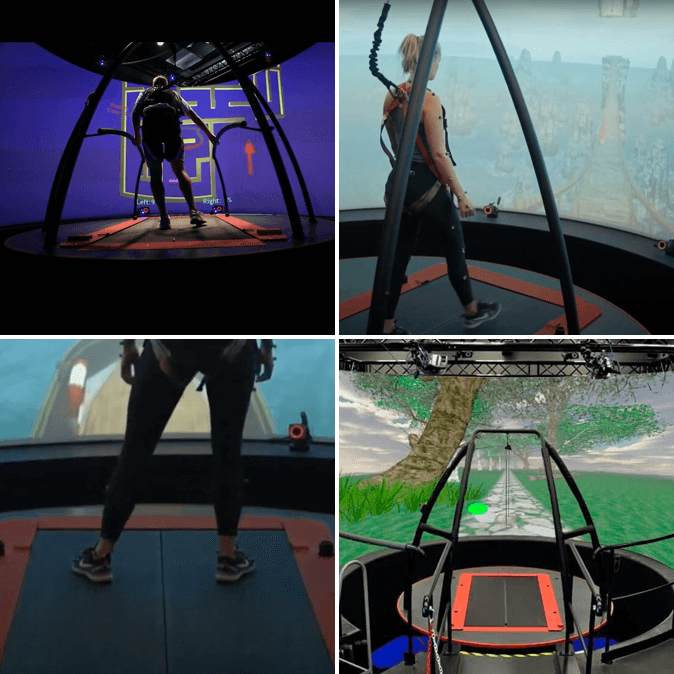
C.A.R.E.N consists of a moving platform with a high-tech motion capture system that can be used for diagnosis and rehabilitation of balance and motor control. Gait retraining is one of the most unique features of the C.A.R.E.N system. The combination of C.A.R.E.N’s moving platform and its virtual reality multisensory immersive environment provides real-life challenges for patients in a controlled and safe environment.
During a C.A.R.E.N session, the patient is surrounded by a 180º hemispherical screen where an active virtual environment is projected, allowing the patient to be completely immersed in a versatile multi-sensory, real-time virtual environment. C.A.R.E.N helps stroke patients with rehabilitation of walking, weight bearing, and balance, far beyond what was possible before.
Recent scientific literature has established that VR rehabilitation of the upper extremities is highly effective and evidence-based.
Immersive environment techniques manipulate the interaction of the patient with new virtual conditions, to facilitate the learning process in both virtual and real environments. The patient is able to develop new movement strategies and unlearn poor movement habits acquired after brain damage.
Directing the patient’s attention externally to the effects of the movement rather than to the movement itself (internal focus), contributes to rapid recovery.
Motor imagery provides access to brain pathways responsible for memory of movement patterns stored in the brain prior to the CVA.
All gait and other movement parameters are on display in real time, for monitoring and intervention. This feature, once available only in research labs, is now offered by C.A.R.E.N.
The patient learns to steer external objects using their center of mass (COM) while inside the immersive environment.
The patient is able to retrain spatial awareness of their body’s position relative to gravity.
C.A.R.E.N each have unique features that, when combined, create a dynamic duo of complementary and highly effective therapy tools, to help stroke survivors reach new heights of recovery that were previously unheard of.
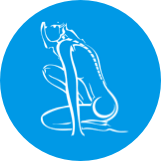
After a stroke, patients rely on doctors, friends and loved ones to help them navigate in a now-unfamiliar world, full of obstacles and challenges that often seem impossible. Our NYC stroke center offers hope for stroke survivors, helping them achieve higher levels of rehab and recovery than ever before. If you know someone who has suffered a CVA, tell their caregivers about the NYDNRehab Stroke Treatment and Rehabilitation Center in NYC.

Dr. Kalika is the first practitioner on the East Coast of the US to have the privilege of introducing the DNS method It has made a world of difference in how back pain and other locomotor issues are approached and treated.
 Dr. Yuri Brosgol
MD
Dr. Yuri Brosgol
MD
 Dr. Michael Goynatsky
DPT
Dr. Michael Goynatsky
DPT
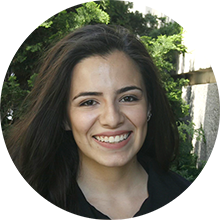 Dr. Daniela Escudero
DPT
Dr. Daniela Escudero
DPT
 Dr. Michelle Agyakwah
DC
Dr. Michelle Agyakwah
DC
 Dr. Tatyana Kapustina
L. Ac.
Dr. Tatyana Kapustina
L. Ac.
Dr. Lev Kalika is a world-recognized expert in musculoskeletal medicine. with 20+ years of clinical experience in diagnostic musculoskeletal ultrasonography, rehabilitative sports medicine and conservative orthopedics. In addition to operating his clinical practice in Manhattan, he regularly publishes peer-reviewed research on ultrasound-guided therapies and procedures. He serves as a peer reviewer for Springer Nature.
Dr. Kalika is an esteemed member of multiple professional organizations, including: